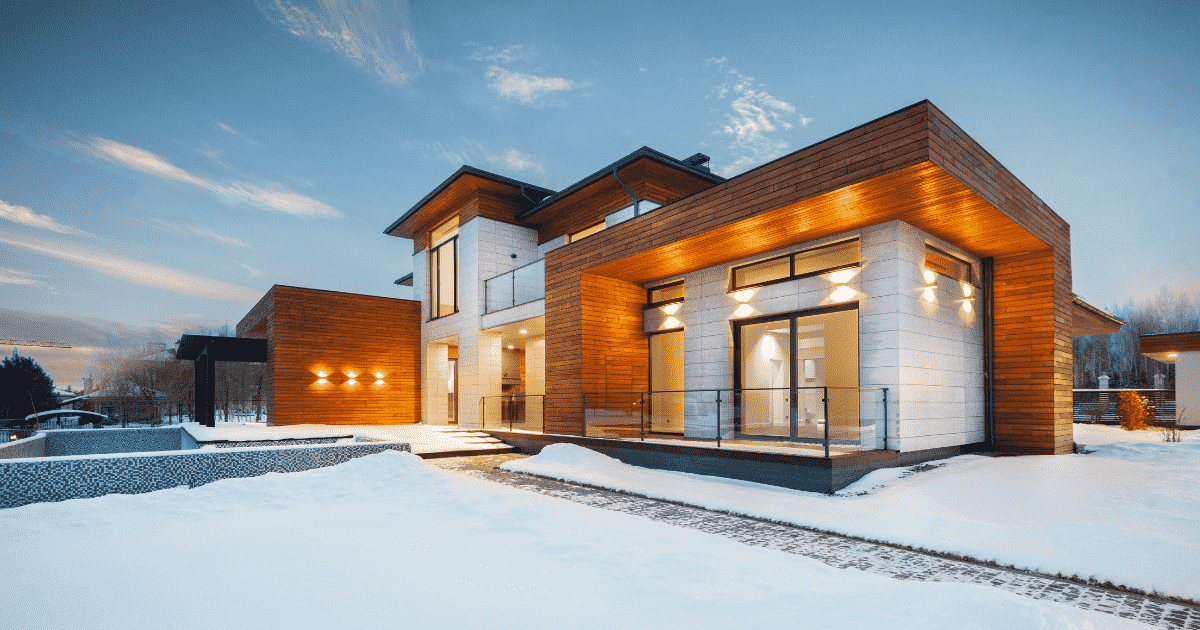A high electricity or gas bill is often the trigger for implementing some form of energy conservation – turning off the lights when you leave a room, lowering the heat when you go to work or potentially spending more time staring at your phone…until the battery dies, and you have to charge it.
As reliant as we are on technology, it’s easy to see why people have trouble taking a break from it – and why finances might be the only thing that can convince some people to conserve. Even when faced with the knowledge that energy usage increases our carbon footprint (greenhouse gas emissions), it’s still hard to stop binging Game of Thrones for the sake of conservation, because these small sacrifices feel futile.
But there’s one decision that will reduce your energy usage and it won’t hurt as badly as missing must-watch TV. Buy a condo instead of a house.
For the sake of transparency, I have a vested interest in this issue as someone who specializes in condos at Strata.ca. Surging housing prices have pushed more buyers into the condo market, and while some of these buyers aren’t thrilled with the idea of living in a condo, I’ve always felt that it was a positive trend for the environment.
In doing some research, I found a paper by Lorraine Sugar and Dan Hoornweg that examined greenhouse gases in Toronto. The subject is pretty complicated, so I’ll keep it short: the paper found that suburban areas produced more carbon dioxide per person than the downtown core. Better public transit options are a factor, but these results also suggest that there’s a benefit to high-density living.
That wasn’t the only evidence suggesting a relationship between where we live and our carbon footprint: a 2013 study from UC Berkeley produced similar results when examining levels in the U.S. – this CoolClimate Map helps drive that point home.
Transportation and heating were cited as major contributors in both studies, but these results left me with a question: Would someone living in a condo in the suburbs have the same impact as a resident in a house in the same neighbourhood? My belief is that they would not.
There are a couple of factors that skew this question in favour of condos. One is that many modern buildings are being constructed with energy efficiency in mind: properties such as Minto 30 Roehampton have achieved LEED Gold certification, which is the highest standard for energy efficiency and air quality.
And Minto isn’t the only developer building efficient condos – Tridel is recognized as the largest builder of green condominiums in Canada. The Rêve was built back in 2011 and has a number of green features including an eco-suite; a high-tech, energy-efficient penthouse with a solar power water heater.
The other significant factor is square footage. A 2007 Natural Resources Canada study, Energy Use Inside and Outside, illustrates my argument as it shows that larger layouts demand greater energy usage.
As a Realtor, I’ve had the chance to see the inside of a lot of homes and there’s an obvious difference between condos and houses: condo residents have smaller floor plans, so they maximize space by only buying things they need, while residents with large single-family homes often purchase furniture and electronics to fill empty rooms – much of which is seldom used.
Whether it’s a treadmill or a 50-inch TV, people who own single-family homes find a purpose for every room in the house, and those purposes often require electricity.
So, are condos the answer? Maybe, but there’s an aging stock of condo buildings in many cities and it’s important they are maintained to be as energy efficient as possible. In Toronto there is a plan to ensure that.
Including industry in its assessment, the 2016 Toronto Greenhouse Gas Emissions Inventory report identified buildings as the biggest contributor of greenhouse gas emissions.
The city has outlined a comprehensive plan called TransformTO, which will attempt to curb our emissions by 80 per cent for 2050. The are multiple parts to the plan, but these two policies are relevant to the issue of aging buildings. TransformTO will ensure that all new buildings emit no emissions by 2030, and the plan will see existing buildings retrofitted with green technology to reduce their emissions by 40 per cent.
It’s anyone guess whether this plan will go off without a hitch, but it’s a start. However, if you want to do more, there’s one really easy – and financially beneficial – thing you can do to help tackle this issue: consider giving up that backyard for a condo near a park.
Robert Van Rhijn is a Toronto-based Realtor and broker of record at Slate Realty, in the downtown Toronto area. He founded Strata.ca in 2018. It’s a Toronto-based condo website with a focus on easy-to-understand data analytics for consumers.













